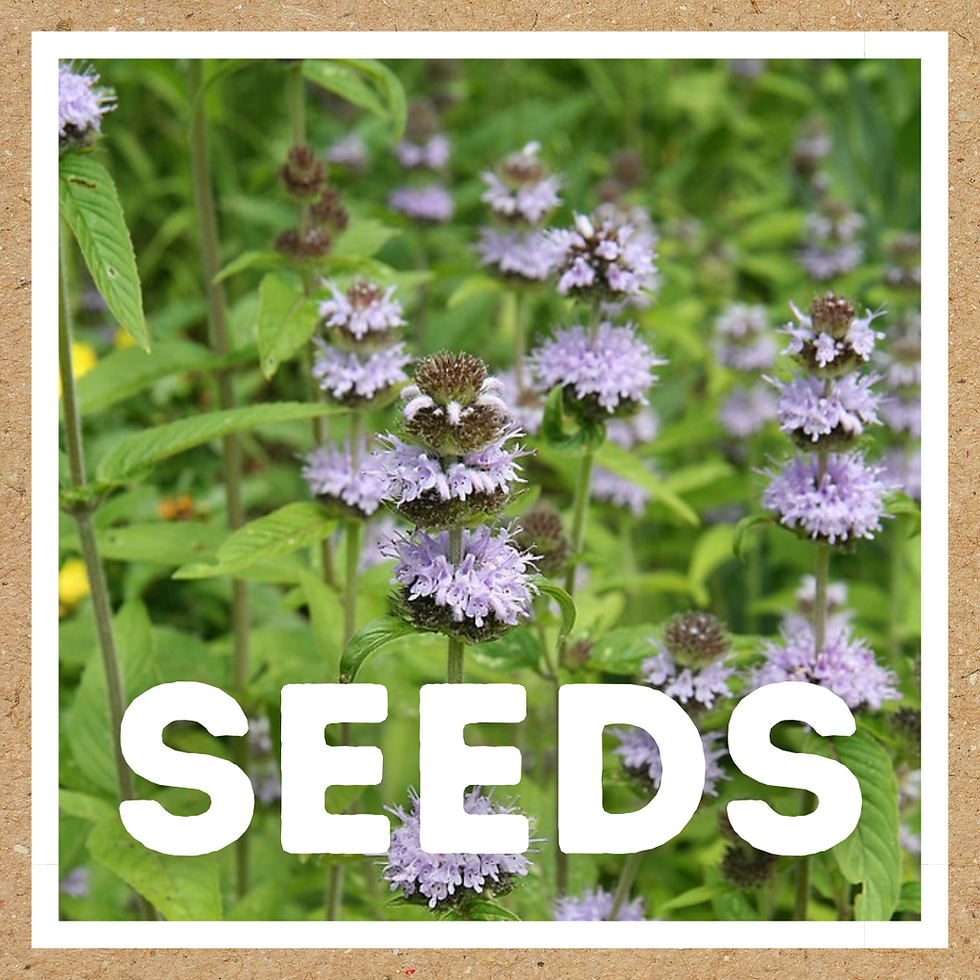2024 Keystone species calendar by Cambridge, MA based artist Daisy Hebb of Green Blossom Painting.
PLEASE SELECT "GREEN BLOSSOM SHIPPING" AT CHECKOUT as Daisy has built in shipping to her prices.
TWO OPTIONS:
- 8.5"x11" monthly planner - bound on the side like a book.
- 8.5"x22" wall-hanging
From Daisy: "These are all my original watercolors of keystone species and keystone pollen producing plants. They are hand selected by NYT bestselling author and professor of entomology, Doug Tallamy, along with one of their representative lepidoptera guests (caterpillars and moth/butterfly). If you haven't heard any of his lectures, YouTube his name and be ready to learn a lot! I labeled each species with its common and scientific name or genera. The body of the calendar is a fun guide, full of easy seasonal tips for maintaining your property to strengthen your local ecosystem.
"These calendars make excellent gifts, brightening each month, and are a fun educational treat for any budding naturalist or gardener. They're a source of inspiration for artists too. I'd been wanting to learn my caterpillars better too so it has been really nice to give them some focus. I never realized how cute they were! - until I painted my 3rd or 4th one. It was also neat to find caterpillars that have even evolved to look like their host plant of millennia to avoid predation. Check out the double-toothed prominent caterpillar (Nerice bidentata) on the elm leaf (Ulmus). That's the painting for April.
"Keystone species are native species that uphold our ecosystems and an ecosystem would not be the same without them. Here in the eastern half of the United States, they tend to be trees, but wherever you are, you can be assured they are all native species, having evolved with local flora and fauna for millions of years. This calendar guide also takes into consideration keystone pollen producing plants, plants that are essential to maintaining healthy pollinator populations and feeding them particularly in early spring and in autumn. Not everyone has land to add a tree but many of us have space to add a few plants and especially if they might attract a glorious butterfly.
"What makes a keystone species? Well, it generally comes down to how many other species are willing to eat you, your leaves, your berries, your nuts, or how many species are willing to hide in your leaves, in your bark, eat the bugs that hide in your bark, and so forth. Using caterpillars as an indicator, because they're soft, fatty, protein rich meals that nearly instantaneously convert solar energy into, well, lunch for somebody, entomology professor Doug Tallamy has identified such high performing host plant species in our ecosystems. These (all-native) keystone species support more than others - and they all out perform non-natives. Most non-native trees fail miserably, often not even supporting a single caterpillar species or perhaps only a few handfuls, compared to native trees which can feed hundreds of different species of caterpillars. That's a lot of bird food! Enjoy birds on your property?
"Hear me speak about the three calendar series on YouTube.
https://youtu.be/xkI3QE3_RJw
Green Blossom Painting
Made in New England (USA)
Every effort has been made to make this a zero waste purchase.
Shipped by Green Blossom Painting, Cambridge, MA.
2024 calendar: Keystone Species
Trading Post items are visible online but not available for purchase online.
"Out of stock" buttons are not applicable, items are in stock in person.Stop in during open hours and purchase items in person only.
These are the only Trading Post items available for purchase online with in-person pick-up:

.png)
















